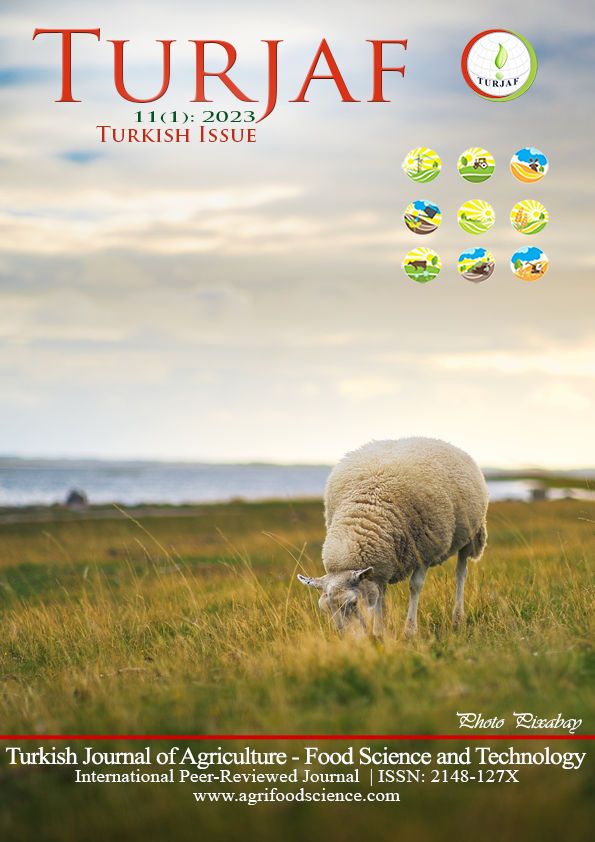Determining the Slow Food Perception Level of the People Living in Cittaslow Cities
DOI:
https://doi.org/10.24925/turjaf.v11i1.51-58.5490Keywords:
Slow food, Citta slow, Food culture, Localization, Gastronomy trendAbstract
The food culture, which gains meaning according to the life perception of countries in the traditional and modern world, brings different perspectives to gastronomy. With the Slow Food movement, which is one of these perspectives, it is essential to bring an up-to-date approach to the dishes that have been forgotten in traditional food culture. While the slow food movement ensures the sustainability of the food culture, it also supports the preservation of the 'sense of taste'; It serves to raise awareness in setting tables together and determining the importance of common points, in food production with traditional methods and in using techniques. Quantitative data collection techniques are used to determine whether the services of the stream reach the target. The cycle of the slow mobility current is first production, then consumption. The aim of this study is to determine the extent of slow food perceptions and slow eating attitudes of the people living in Gökçeada district of Çanakkale province. For this purpose, a survey method consisting of a systematic question form was applied to the local people of Gökçeada, which constitutes the sample of the study, to determine the perception of slow food and the effect of this perception on slow eating attitudes. According to the results obtained from the survey data, it was determined that the participants were women with a participation rate of 68.5% and they constituted the majority of the study. 92.4% of the participants who stated that they knew about the Slow Food movement correctly defined Slow Food. It was determined that the participants had a positive participation of more than 50% in the questions asked to determine the local food consumption tendency. Therefore, it can be said that the participants have a high level of local food demand, interest and consumption tendency. Among the 6 hypotheses examining the relationship between Slow Food consumption and demographic characteristics, the marital status and age hypothesis were accepted and the others were rejected.Downloads
Published
31.01.2023
How to Cite
Mısır, S., & Koç, B. (2023). Determining the Slow Food Perception Level of the People Living in Cittaslow Cities. Turkish Journal of Agriculture - Food Science and Technology, 11(1), 51–58. https://doi.org/10.24925/turjaf.v11i1.51-58.5490
Issue
Section
Research Paper
License
This work is licensed under a Creative Commons Attribution-NonCommercial 4.0 International License.









